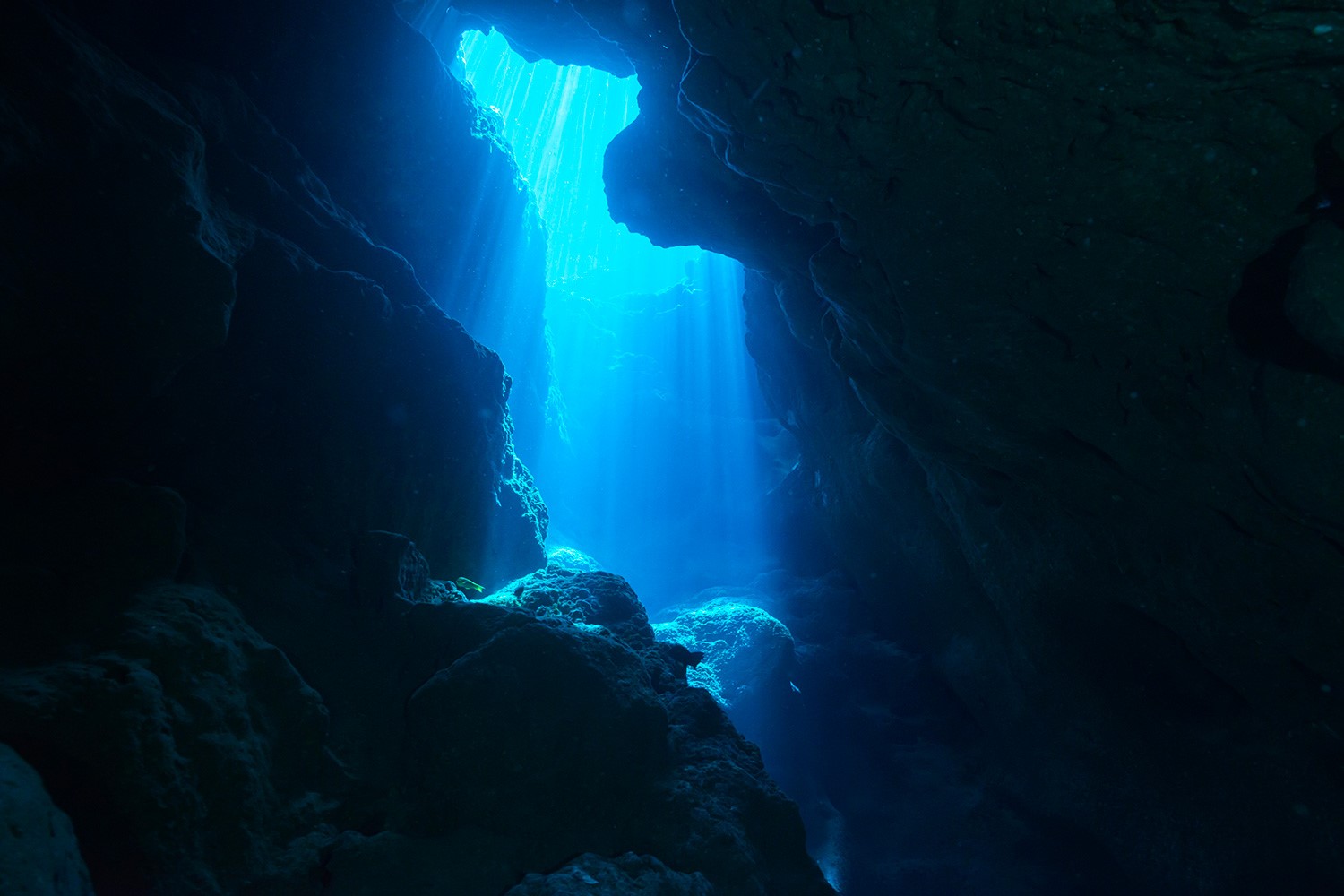
About
Supporters
Young
Ocean Week
Support
SUPPORT US
+
–

We are accustomed to thinking of the sea as a stretch of water whose depths remain a mystery. Even today, little is known about oceanic depths, and their mapping covers only 21% of the entire surface - less than what is known about the surface of the moon!
However, it is now known that, just like on land, beneath the surface of the ocean there are cliffs, valleys, mountain chains and steep walls that host habitats rich in biodiversity.
Submarine canyons are formations that result from long geological processes, which continuously shape the Earth's surface. Think, for example, of tectonic movements affecting oceanic or continental plates, still responsible for earthquakes and seismic phenomena today, or sedimentary processes through which we can better understand our geological past.
Starting from the coast and moving towards the open ocean, the seabed becomes increasingly deeper reaching the abyss. Conventionally the different oceanic zones are identified based on depth: up to 200 meters is known as the continental shelf, followed by the continental slope and then the abyssal plain.
Acting as a link between the continental shelf and the abyssal plain, canyons are structures that cut into the slope: they are the product of so-called "turbidity currents," or submarine currents that transport suspended solid material. These moving debris are responsible for eroding the slope and thus forming the canyon, accumulating at its base and being referred to as turbidite deposits.
The geomorphology of the seafloor influences submarine currents, and specifically canyons promote the natural phenomenon of upwelling, the upward movement of deep waters generated by the interaction between atmospheric winds and water masses of different temperatures. The cold, nutrient-rich water from the depths has the opportunity to rise to the surface, replacing warm, depleted water. The canyon's structure amplifies this phenomenon, creating a biodiversity-rich zone at its summit.
However, along with nutrients, harmful substances such as microplastics and toxic persistent organic pollutants also move with water and can accumulate in organic tissues and are thus considered a global threat to the environment and human health.
While canyons are important biodiversity hotspots, they also contain high levels of pollutants. For this reason, constant monitoring is necessary to assess the specific abundance and the impact of toxic substances on the ecosystem.
According to a 2014 study, there are almost 10,000 canyons worldwide, with an average length of 41 km and an average incision depth of about 2.3 km. The Monterey Canyon in California boasts a length of 180 km and reaches a depth of 3.8 km.
In the Mediterranean Sea, canyons are generally less extensive, but there are approximately 800 of them, including at least a hundred along the Italian coasts, such as those in Asinara, the Strait of Messina, or the Gulf of Genoa.
Of recent interest is the Canyon of Caprera, considered the largest submarine canyon system in northeastern Sardinia, in the Tyrrhenian Sea. In this area, the presence of 7 out of the 8 species of cetaceans regularly found in the Mediterranean Sea has been observed, as well as other species considered rare, cryptic, and at risk of extinction, such as the Mediterranean monk seal, highlighting it as an area with high biodiversity.
Since 2019, One Ocean Foundation has been conducting research activities using non-invasive techniques. The monitoring activities — visual surveys, bioacoustics, analysis of environmental DNA and persistent organic pollutants — are aimed at obtaining important scientific evidence necessary for the recognition of the Canyon of Caprera as an Important Marine Mammal Area (IMMA) and hopefully for a future designation as a marine protected area.
